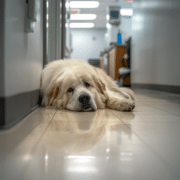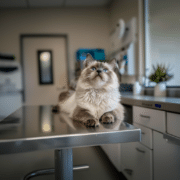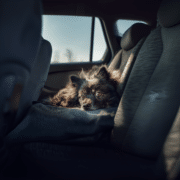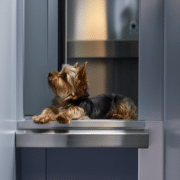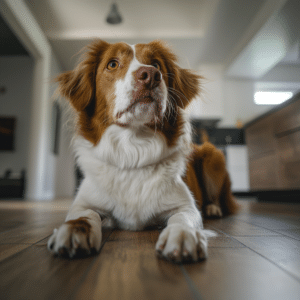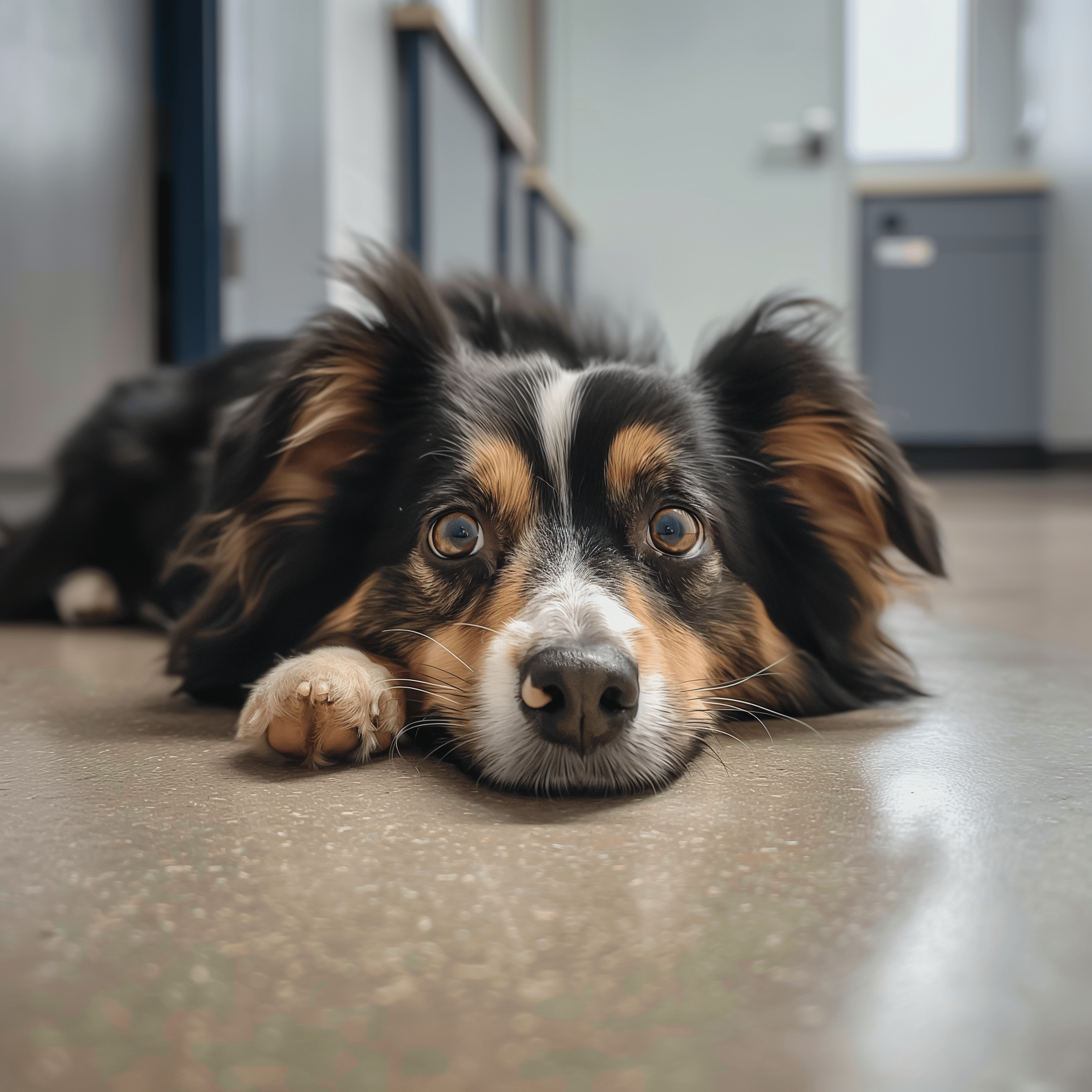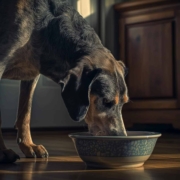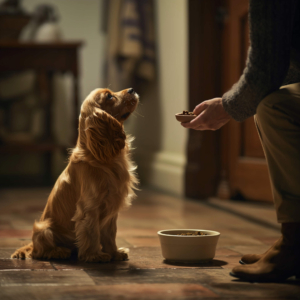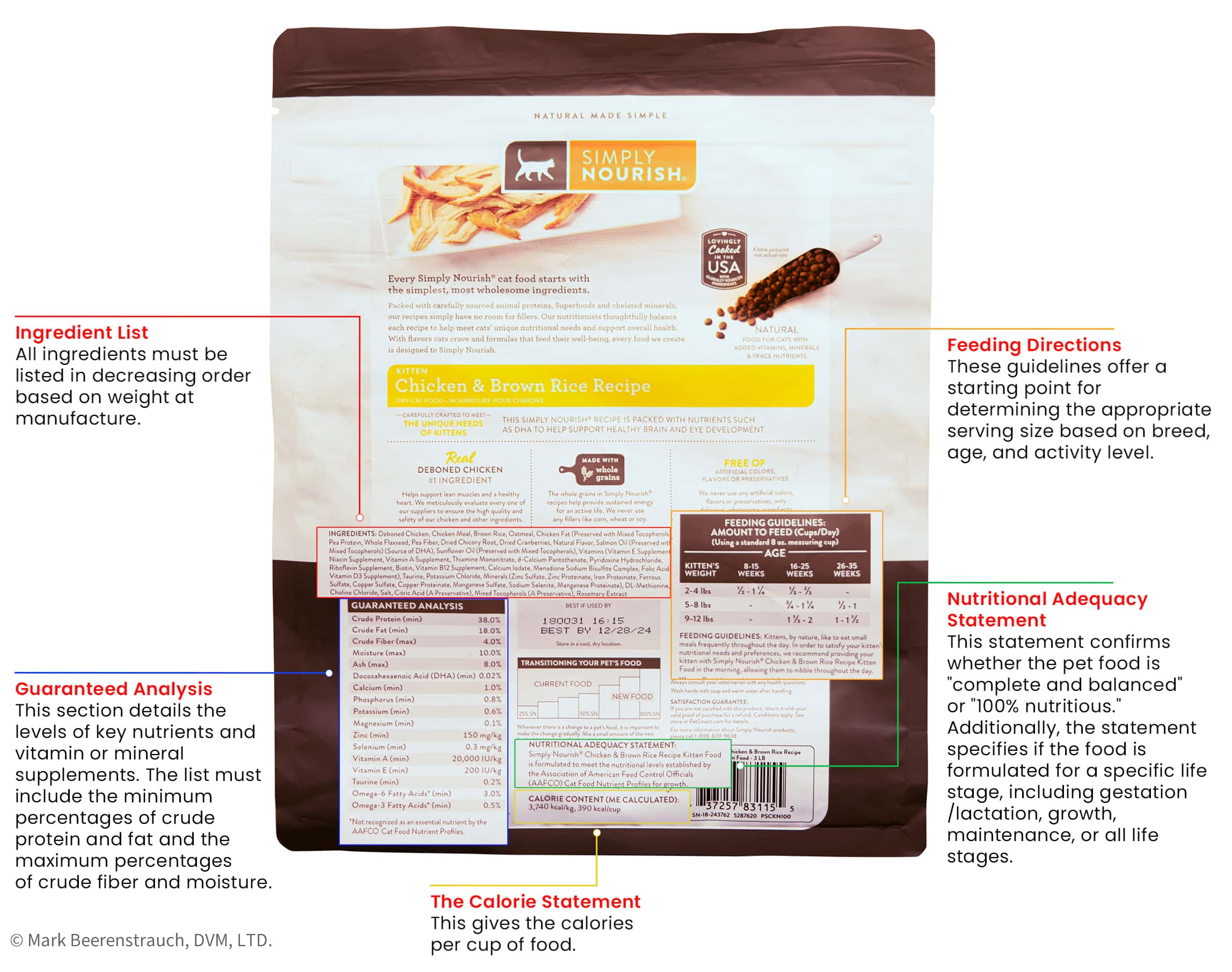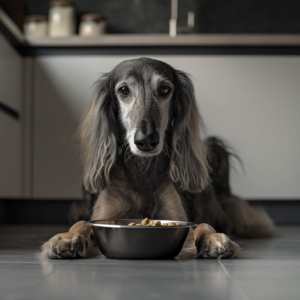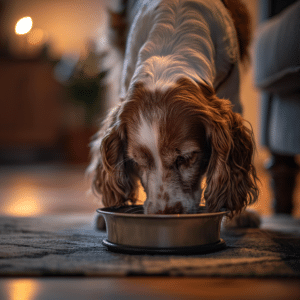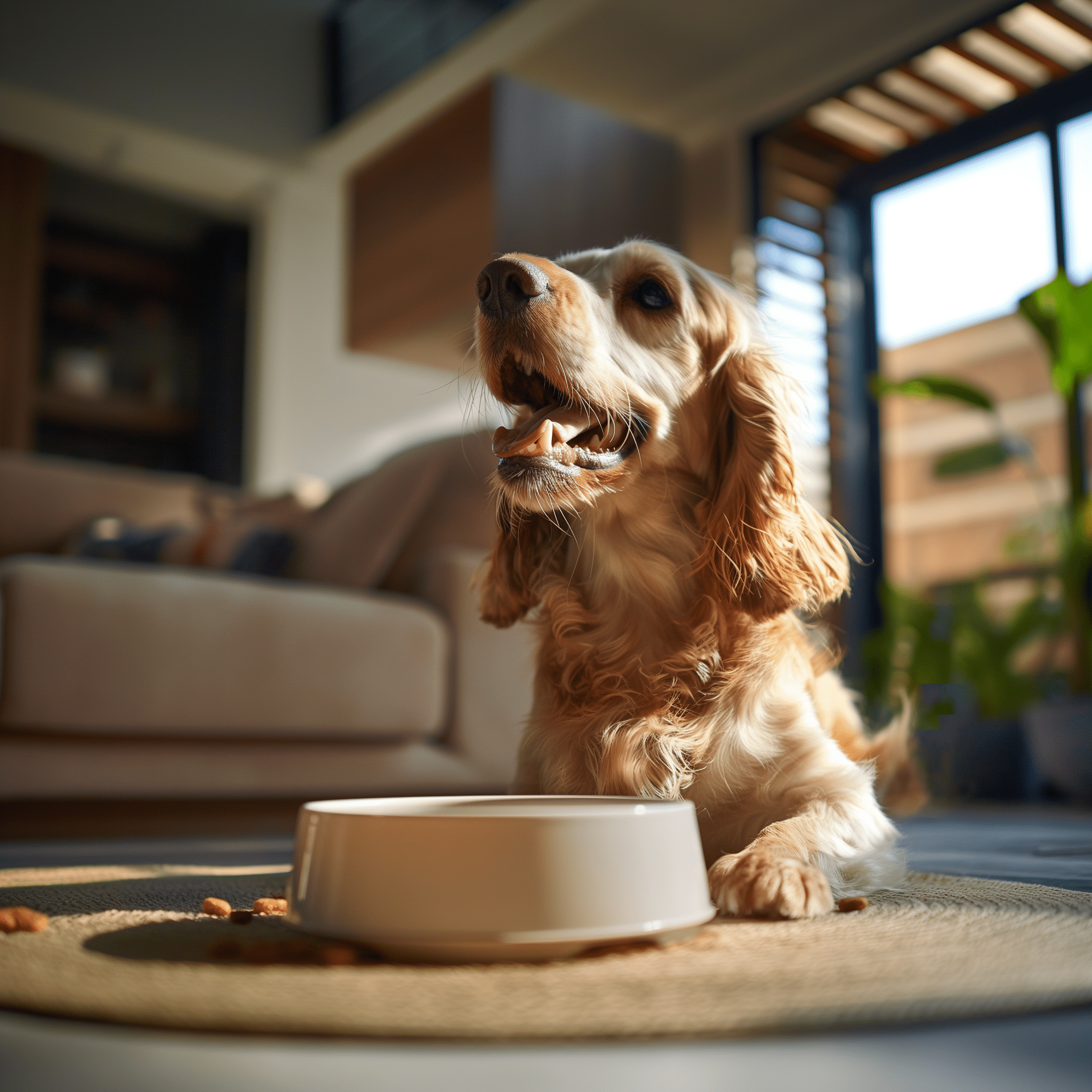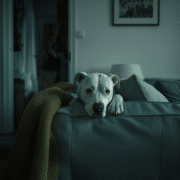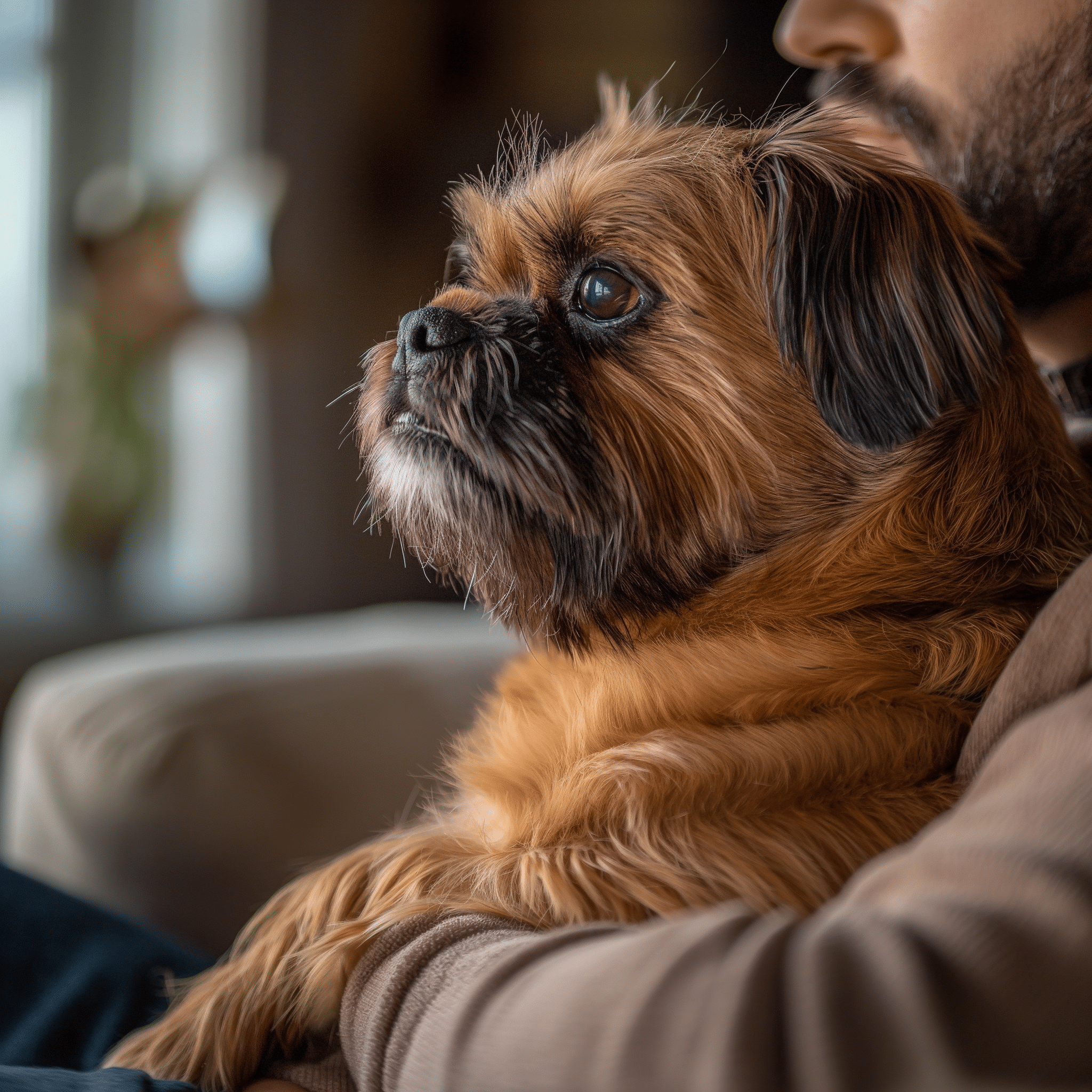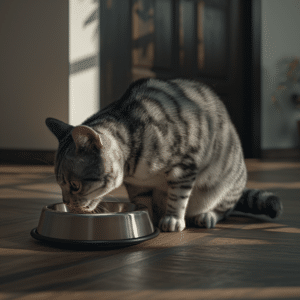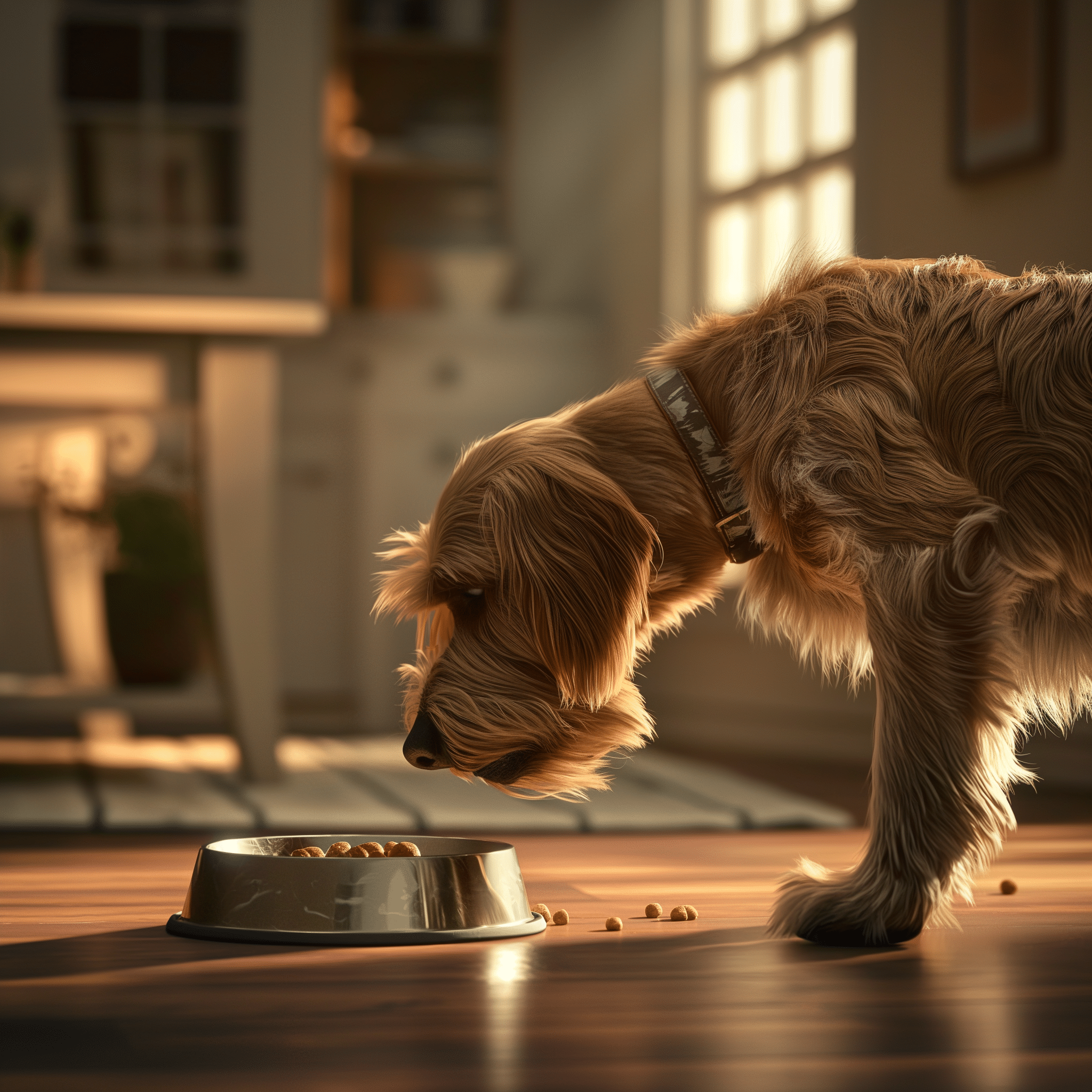Pre-Visit Pharmaceuticals: Elevating Your Pet’s Vet Visit Experience
At Pet Health, our commitment to Fear-Free techniques continues throughout July. We believe that every aspect of your pet’s veterinary experience should prioritize their emotional well-being alongside their physical health. That’s why we’re dedicated to implementing strategies like pre-visit pharmaceuticals (PVPs) to ensure that every visit to our clinic is as stress-free and positive as possible.
What Are Pre-Visit Pharmaceuticals?
Pre-visit pharmaceuticals are medications designed to reduce fear, anxiety, and stress (FAS) in pets during veterinary visits. Just as we might prescribe pain medication to alleviate physical discomfort, we use PVPs to address the emotional discomfort experienced by pets in stressful situations. These medications include a range of anti-anxiety and sedative drugs tailored to each pet’s individual needs.
Tailored Treatment for Every Pet
At Pet Health, we understand that every pet is unique, so we take a personalized approach to prescribing PVPs. Factors such as age, breed, health history, and the specific procedure planned for the visit are all considered when determining the most appropriate medication and dosage for each pet. We aim to reduce FAS to a manageable level for the pet without causing sedation or impairing their normal behavior.
Common Pre-Visit Pharmaceuticals
For dogs, common PVPs include medications like Trazodone, Alprazolam, Gabapentin, Clonidine, and Diazepam. Cats may be prescribed drugs such as Gabapentin, Trazodone, and Lorazepam. Each medication has been extensively studied and is considered safe in veterinary practice.
Why We Use Pre-Visit Pharmaceuticals
The use of PVPs offers numerous benefits for both pets and their pet parents. By reducing fear, anxiety, and stress, we can ensure a more pleasant and positive experience for pets during their veterinary visits. This makes the visit more comfortable for the pet and allows our veterinary team to perform more accurate and thorough examinations and administer treatments more quickly.
Additionally, PVPs help prevent pets from developing negative associations with veterinary care, which can lead to increasingly difficult future visits. Creating positive experiences at the vet from the start can help ensure that pets feel more relaxed and comfortable during subsequent visits.
What to Expect
Before administering PVPs, we always conduct a thorough assessment of each pet’s needs and health status. We may recommend trying the medication at home before the scheduled appointment to observe its effects and ensure it is well-tolerated by the pet. Pet parents need to monitor their pets for any potential side effects and report back to our team.
Possible side effects of PVPs include increased lethargy, vomiting, diarrhea, changes in appetite, and, in some cases, disinhibition of aggression or paradoxical excitement. However, these side effects are rare and can be managed with proper monitoring and support.
Join Us in Creating Positive Vet Visits
At Pet Health, we’re committed to providing the best possible care for your pet, both physically and emotionally. If you have questions about how pre-visit pharmaceuticals can improve your pet’s veterinary experience, please get in touch with our team. Together, we can ensure that your pet’s vet visits are stress-free and enjoyable experiences for everyone involved.

